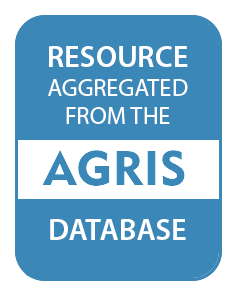Resource information
Green spaces considered natural remnants in urban environments play a key role in promoting environmental quality and forming a sustainable city. Nowadays, development of urban spaces has taken a hasty growth. In the meanwhile, the natural green spaces are severely damaged. The current study aims at investigating the trend of changes in green space of Tabriz City, the second large industrial city in Iran, on the basis of landscape ecology principles. In order to prepare the land-cover maps, Landsat TM and IRS LISS-III of the years 1989 and 2006 were applied. Alongside, landscape percentage metrics, the largest patch index, number of patches, patch density, edge density, total edge, class area and landscape shape index were also used to analyse the changes. Metric analysis of the landscape within the studied years revealed that a large part of the region has enjoyed a rapid growth (equivalent to 64.5 %) in constructions. As the obtained results showed, the smallest landscape percentage (3.9 %) in the study area is belonged to the municipal green space, while the largest landscape percentage (66 %) is allocated to the barren land. This shows that the constructions have not balanced with creation of new green spaces, and the lack of green space per capita continues to be felt.



